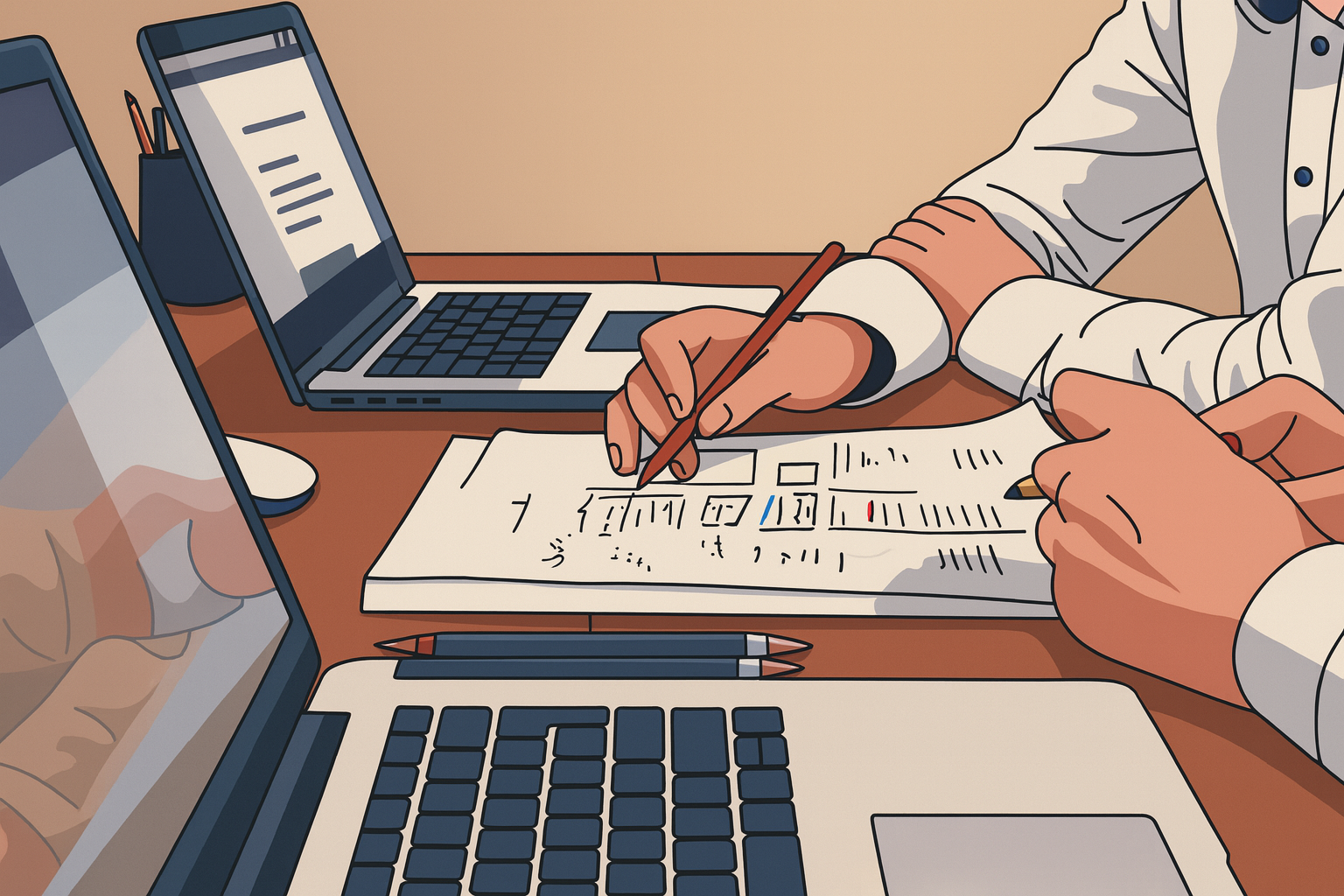Engineered hardwood floors are a beautiful and popular choice for many homeowners. They offer the charm of real wood along with enhanced durability. But after years of wear and tear, scratches, and fading, one big question arises: Can engineered floors be refinished?
It’s a common concern, especially for those wanting to extend the life of their flooring without a full replacement. In this article, we’ll explore the honest truth about refinishing engineered floors, including what’s possible, what’s not, and what to do if refinishing isn’t an option.
Can Engineered Floors Be Refinished?
Yes, engineered floors can be refinished—but only if certain conditions are met. The ability to refinish depends on one key factor: the thickness of the top hardwood layer, also known as the wear layer.
Engineered flooring is made from multiple layers, with a real wood veneer on top. If this layer is thick enough (typically at least 2mm), sanding and refinishing is possible. Thinner veneers may not survive sanding without exposing the plywood underneath, which would ruin the floor.
Understanding the Construction of Engineered Wood Flooring
Engineered wood flooring is designed for stability. It consists of a top layer of real hardwood, bonded to several layers of plywood or high-density fiberboard beneath. This construction reduces warping and makes it more suitable for moisture-prone areas than solid hardwood.
Unlike laminate, engineered flooring is made from real wood, giving it the same rich appearance. But unlike solid hardwood, it can’t be refinished endlessly. The number of times you can refinish engineered flooring depends solely on the thickness of the top wood layer.
How to Know If Your Engineered Floors Can Be Refinished
Not sure if your floors qualify for refinishing? Here’s what to check:
- Veneer Thickness: A top layer of at least 2mm is typically required. 3mm or more is ideal.
- Refinishing History: If your floor has been refinished before, it may not survive another round.
- Finish Type: Some engineered floors come prefinished with strong coatings like aluminum oxide that are difficult to sand.
If you’re unsure, it’s best to consult a flooring professional. They can measure the veneer and assess whether refinishing is a safe option.
Signs That Refinishing May Be Needed
How do you know it’s time to consider refinishing your engineered floors? Watch for these common signs:
- Surface scratches or dents from pets, furniture, or high foot traffic
- Worn-out or dull finish that no longer shines or protects
- Faded coloring due to prolonged sun exposure
- Minor water stains or discoloration
These cosmetic issues can often be resolved through refinishing, making your floors look like new again.
Pros and Cons of Refinishing Engineered Floors
Before committing to refinishing, it helps to weigh the benefits and limitations.
Pros:
- Restores the natural beauty of the wood
- Removes surface damage and wear
- Costs less than full replacement
- Extends the floor’s lifespan by several years
Cons:
- Can only be done once or twice
- Risk of damaging the veneer if it’s too thin
- Requires professional equipment and expertise
- May not be possible with certain factory finishes
Knowing the risks helps set realistic expectations before you sand away.
How the Refinishing Process Works
If your engineered floors are good candidates, here’s how refinishing typically goes:
- Assessment: A flooring expert checks the veneer thickness and finish type.
- Sanding: A thin layer is carefully sanded to remove the damaged finish.
- Staining (Optional): You can choose to change or refresh the color.
- Sealing: A protective finish is applied to restore shine and protect the wood.
The process takes a few days, depending on the room size and drying time. It’s recommended to hire professionals to avoid over-sanding.
Alternative Options if Refinishing Isn’t Possible
If your engineered floors can’t be refinished, don’t worry—you still have options.
- Screen and Recoat: A light buffing followed by a fresh coat of finish; ideal for surface-level wear.
- Replace Damaged Boards: If the damage is localized, replacing individual planks might be enough.
- Install New Flooring: Sometimes, starting fresh is the most cost-effective long-term solution.
- Decorative Solutions: Use rugs or floor runners to hide blemishes and enhance aesthetics.
These approaches can still refresh your floors without the risks of full refinishing.
How to Maintain Refinished or New Engineered Floors
Whether you’ve refinished or replaced your floors, maintenance is key to long-term beauty.
Helpful maintenance tips:
- Use felt pads under furniture legs
- Avoid wet mopping; use a damp microfiber cloth instead
- Clean up spills immediately to prevent stains
- Use area rugs in high-traffic zones
- Sweep or vacuum regularly to remove grit and dust
A little care goes a long way in preserving your investment.
Final Thoughts
So, can engineered floors be refinished? Yes—if they meet the right conditions. The thickness of the hardwood layer is the deciding factor. While refinishing isn’t always possible, it can be a smart, cost-effective way to revive your floors when done correctly.
If you’re unsure whether your floors qualify, reach out to a flooring professional for an evaluation. And remember, even if refinishing isn’t an option, there are still plenty of ways to keep your floors looking their best for years to come.
FAQs
Can all engineered wood floors be refinished?
No. Only floors with a thick enough wear layer (usually 2mm or more) are safe to refinish.
How many times can engineered flooring be refinished?
Typically one to three times, depending on the thickness of the hardwood veneer.
Is refinishing engineered floors cheaper than replacing them?
Yes, if your floors are eligible, refinishing is generally more cost-effective than full replacement.
Can I refinish engineered floors myself?
It’s possible, but not recommended unless you have experience. Mistakes can permanently damage the veneer.
What if my engineered floors have an aluminum oxide finish?
This tough coating makes sanding harder but not impossible. A professional may still be able to refinish it with the right equipment.









